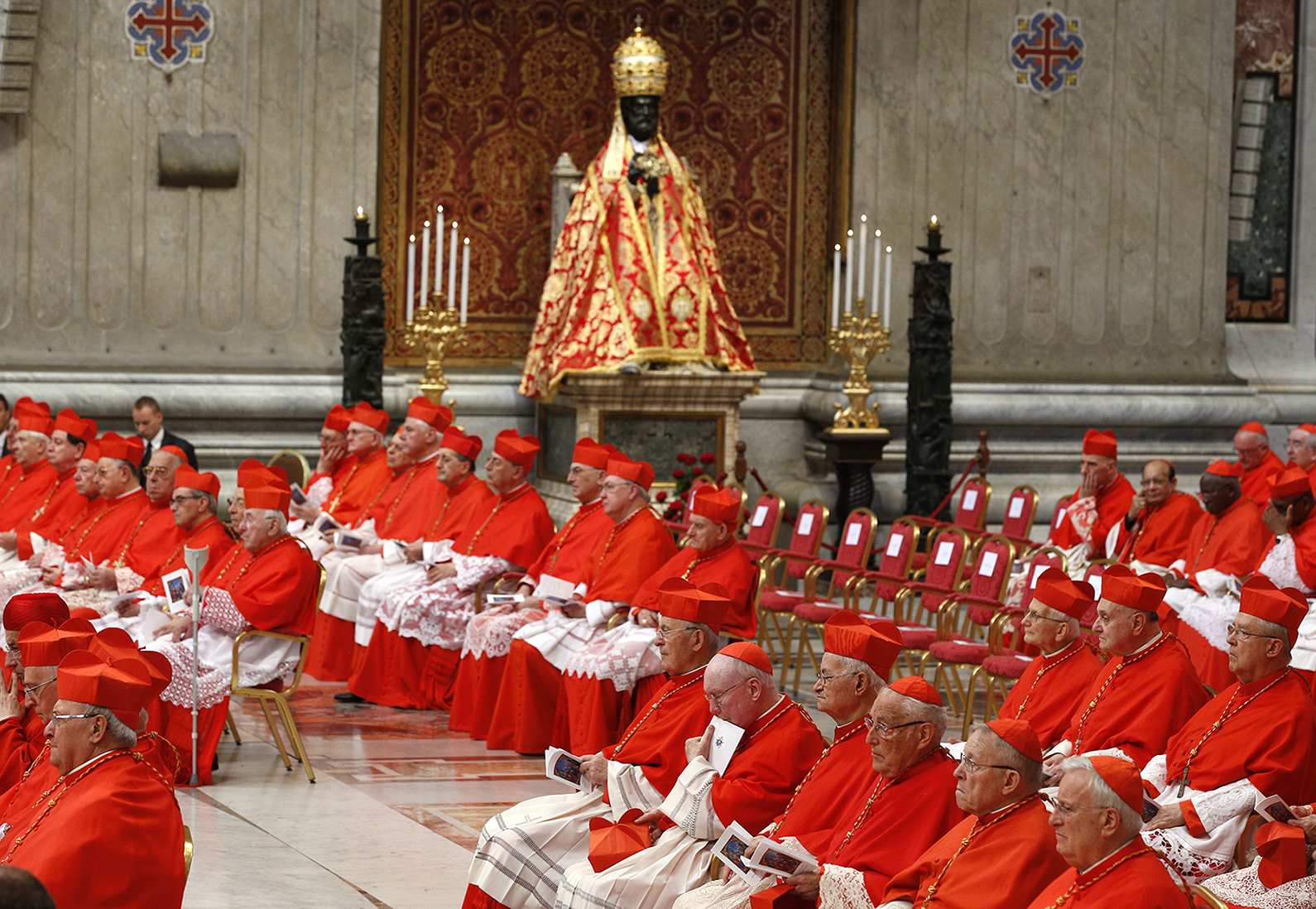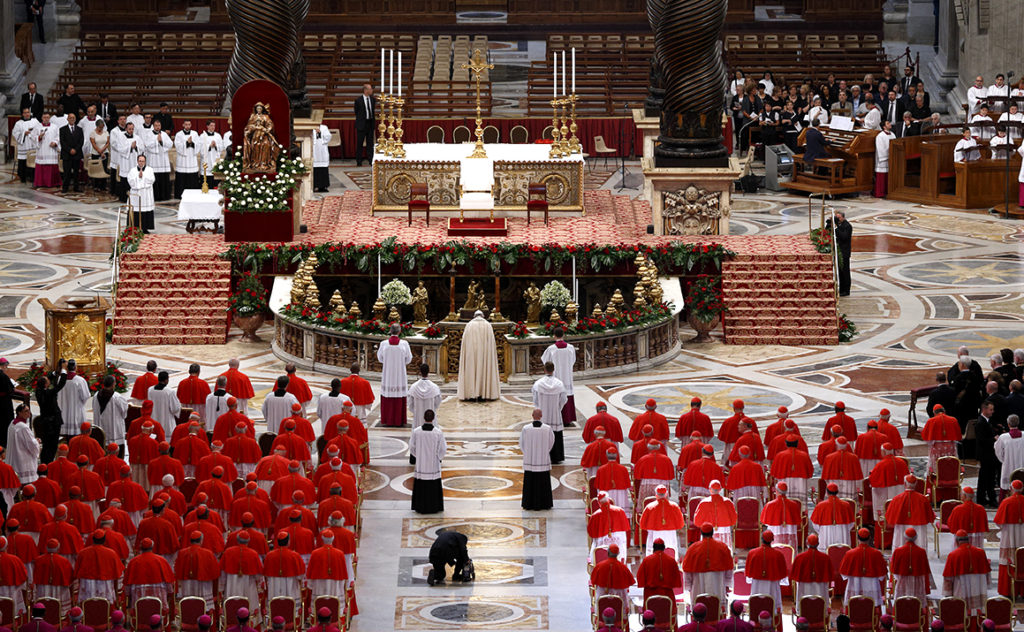
Choices stress dialogue, care for poor
VATICAN CITY (CNS) — Pope Francis announced he will create 13 new cardinals Oct. 5, choosing prelates from 13 different nations as a sign of “the missionary vocation of the Church that continues to proclaim the merciful love of God to all men and women of the earth.”
After the consistory to create the new cardinals, Pope Francis will have chosen more than half of the men who will enter the Sistine Chapel to elect his successor.
And despite what critics of Pope Francis filled social media with Sept. 1 about him setting up the college to elect a successor just like him, it should be remembered that then-Archbishop Jorge Mario Bergoglio was created a cardinal by St. John Paul II. And he was elected pope in 2013 in a conclave where 42 percent of the cardinal electors were created cardinals by St. John Paul and the remaining 58 percent of the voters were named by Pope Benedict XVI.
Personal opinions about the needs of the Church at any given moment and about who would be the best person to lead obviously are at play in a conclave. But the cardinals also invoke the inspiration of the Holy Spirit and make a very solemn oath in casting their ballots: “I call as my witness Christ the Lord, who will be my judge, that my vote is given to the one who before God I think should be elected.”
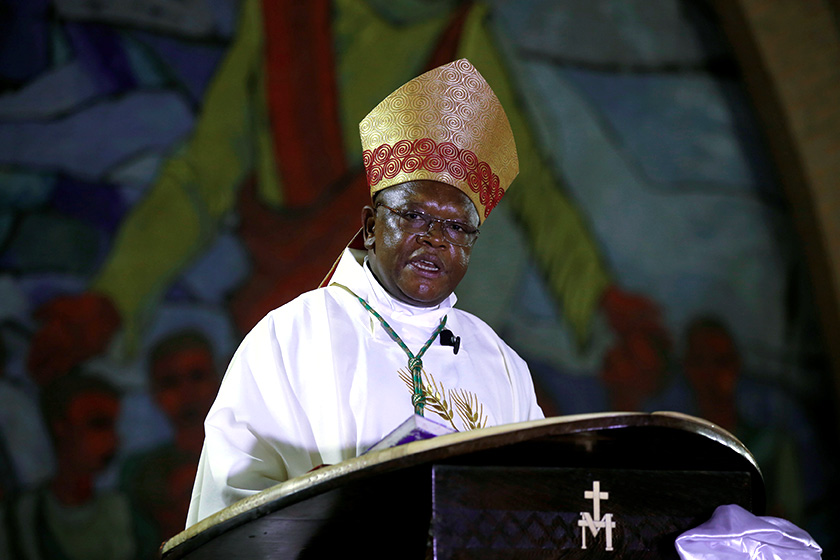

Announcing the names of the new cardinals after arriving late for the midday recitation of the Angelus prayer Sept. 1 because he was stuck in an elevator for 25 minutes, the pope included 10 men who are under the age of 80 and therefore will be eligible to vote in a conclave to elect a new pope. Three of the future cardinals are already over the age of 80, and the pope said he chose them because of their service to the Church. None of the new cardinals is from the U.S. A cardinal who has turned 80 before the papacy is vacant participates in pre-conclave meetings to discuss the needs of the Church but does not process into the Sistine Chapel and does not cast ballots for a new pope.
“Let us pray for the new cardinals so that, confirming their adhesion to Christ, they will help me in my ministry as bishop of Rome for the good of the entire faithful, holy people of God,” the pope told pilgrims who had gathered to pray the midday Angelus with him.
Barring any deaths or resignations, once the new cardinals receive their red hats in early October, the College of Cardinals will have 128 members eligible to vote in a conclave. Within 10 days of the consistory, four cardinals will celebrate their 80th birthdays, leaving 124 electors.
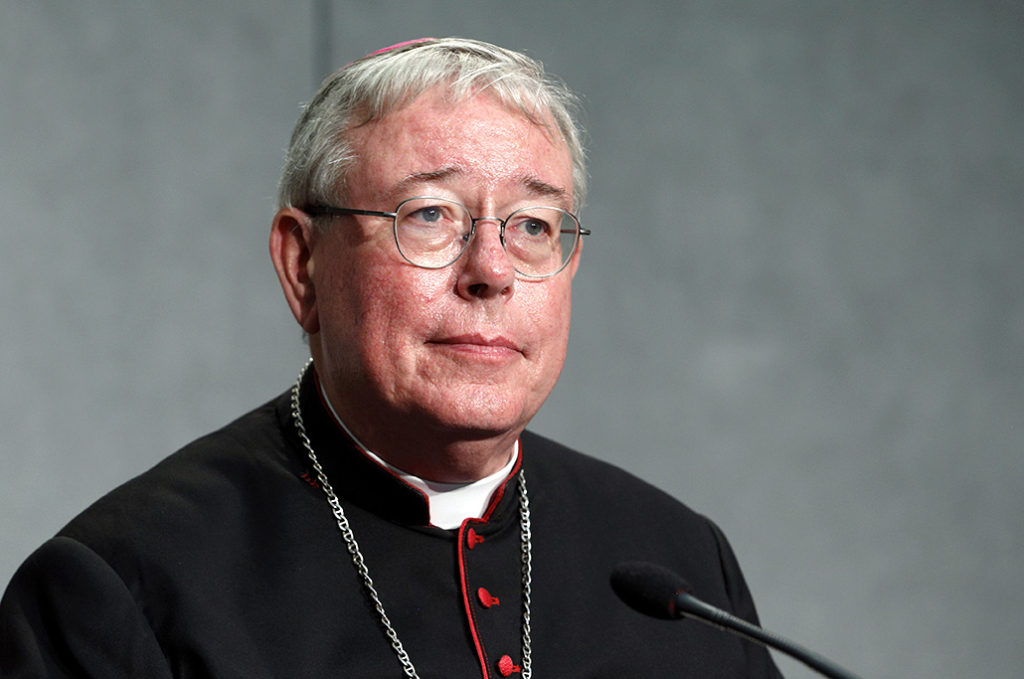

Of those 124, Pope Francis will have made 66 of them cardinals, which is 53 percent of the electors. The other electors will include 16 cardinals created by St. John Paul and 42 made cardinals by now-retired Pope Benedict.
While a majority in the next conclave will have Pope Francis to thank for their red hats and new responsibilities, to be elected pope a candidate must receive two-thirds of the votes.
Announcing the new cardinals, Pope Francis said they illustrate “the missionary vocation of the Church that continues to proclaim the merciful love of God to all men and women of the earth.”
A commitment to the poor, to caring for migrants and refugees and to engaging in dialogue with all people are characteristics many in the group of 13 share.
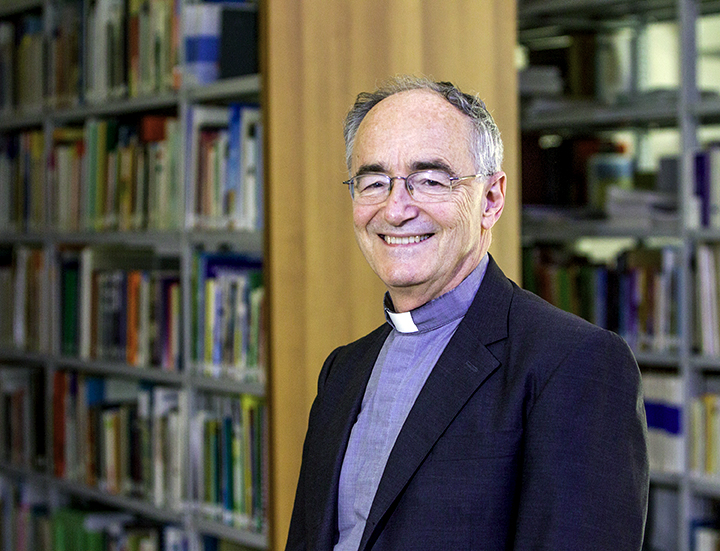

The surprising Curia pick was Jesuit Father Michael Czerny, one of two undersecretaries for migrants and refugees in the Dicastery for Promoting Integral Human Development. Cardinal-designate Czerny, who was born in 1949 in what was Czechoslovakia and who migrated with his family to Canada when he was 2, worked in a variety of social justice ministries in Canada, Central America and Africa before coming to the Vatican.
According to canon law, he will need to be ordained a bishop before receiving his red hat Oct. 5, although he could request a dispensation. He did not respond Sept. 1 to a question about his possible ordination.
Cardinal-designate Czerny, who Pope Francis had earlier named as a special secretary for the Synod of Bishops for the Amazon, was in Guararema, Brazil, when the announcement was made. He told Catholic News Service in a text message that he had not known he was going to be made a cardinal.
One of the new cardinal electors will be Guatemalan Bishop Alvaro Ramazzini Imeri of Huehuetenango, a human rights defender whose support for environmental activists has earned him death threats.
Two Roman Curia officials tapped to become cardinals hold positions that would have been considered automatic red-hat posts before Pope Francis came on the scene: Spanish Bishop Miguel Angel Ayuso Guixot, 67, president of the Pontifical Council for Interreligious Dialogue; and Portuguese Archbishop Jose Tolentino Calaca de Mendonca, 53, Vatican archivist and librarian.
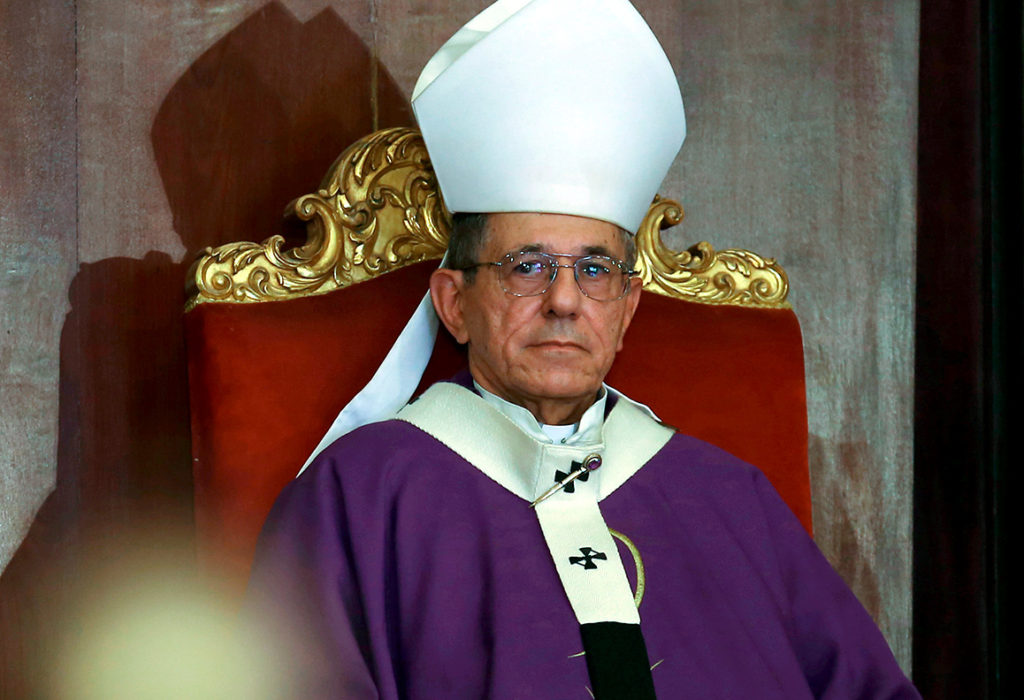

Pope Francis’ choices continue to pay little attention to the large archdioceses traditionally led by cardinals, such as Milan and Venice or, in the U.S., Baltimore, Detroit, Los Angeles and Philadelphia. But he will give a red hat to Archbishop Matteo Zuppi of Bologna, Italy, where all but one of the archbishops in the last 400 years had been a cardinal. The only exception was Archbishop Enrico Manfredini, who led the archdiocese for only eight months in 1983 before he died at the age of 61.
Among the over-80 cardinals is Lithuanian Archbishop Sigitas Tamkevicius, who, a year ago, joined Pope Francis on a prayerful tour of the former KGB headquarters in Vilnius.
The archbishop had been imprisoned from 1983 to 1988 for “anti-Soviet propaganda.” As a Jesuit priest, in 1972 he began publishing the Chronicle of the Catholic Church in Lithuania, an underground newsletter documenting communist repression of the Church. Despite repeated questioning by the KGB, he managed to publish and distribute the Chronicle for more than 10 years and, once he was arrested, others continued his work.
Another of the over-80 cardinals-designate is 82-year-old Archbishop Michael Fitzgerald, a Missionary of Africa born in England, who had served as president of the Pontifical Council for Interreligious Dialogue and later as Vatican nuncio to Egypt.
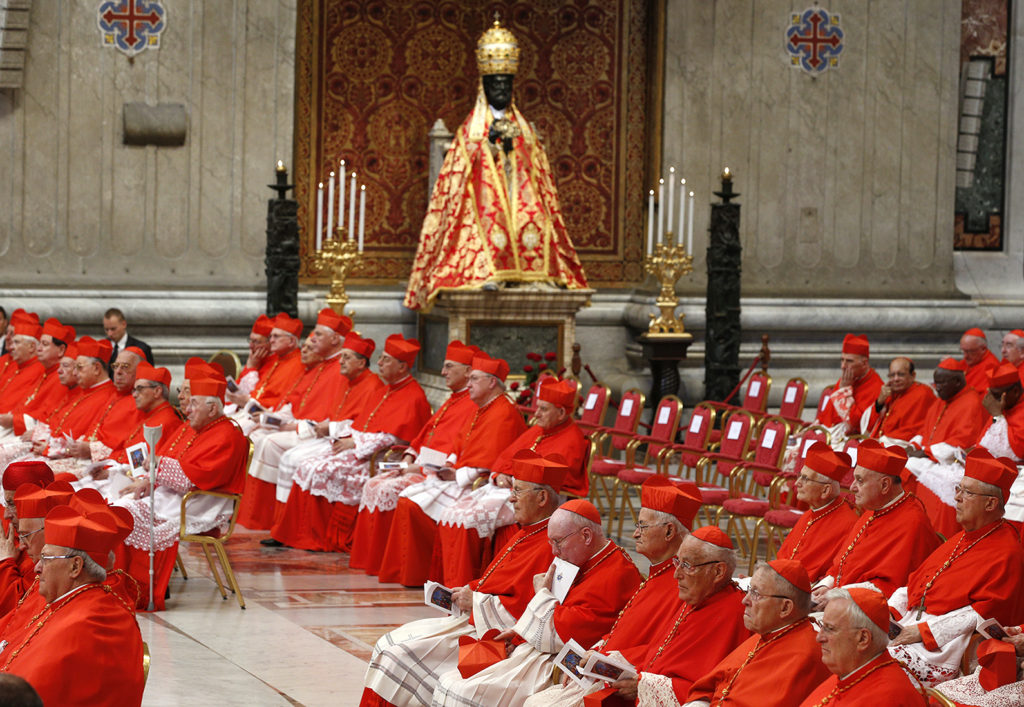

In selecting cardinals, Pope Francis has made it a point to increase the geographical profile of the College of Cardinals. The conclave that elected him included participants from 48 nations; the 128 electors in the expanded college will include prelates from 68 countries.
The names of the new cardinals are:
- 🇨🇦 Jesuit Father Michael Czerny, one of two undersecretaries for migrants and refugees in the Dicastery for Promoting Integral Human Development, from Canada, 73;
- 🇨🇺 Archbishop Juan Garcia Rodriguez of Havana, Cuba, 71;
- 🇬🇹 Bishop Alvaro Ramazzini Imeri of Huehuetenango, Guatemala, 72;
- 🇨🇩 Archbishop Fridolin Ambongo Besungu of Kinshasa, Congo, 59;
- 🇪🇸 Bishop Miguel Angel Ayuso Guixot, president of the Pontifical Council for Interreligious Dialogue, from Spain, 67;
- 🇵🇹 Archbishop Jose Tolentino Calaca de Mendonca, Vatican archivist and librarian, from Portugal, 53;
- 🇦🇴 Retired Bishop Eugenio dal Corso of Benguela, Angola, 80;
- 🇬🇧 Archbishop Michael Fitzgerald, President emeritus of the Pontifical Council for Interreligious Dialogue and later Vatican nuncio to Egypt, from England, 82;
- 🇳🇱 Archbishop Jean-Claude Hollerich of Luxembourg, 61;
- 🇲🇦 Archbishop Cristobal Lopez Romero of Rabat, Morocco, 67;
- 🇲🇨 Archbishop Ignatius Suharyo Hardjoatmodjo of Jakarta, Indonesia, 69;
- 🇱🇹 Retired Archbishop Sigitas Tamkevicius of Kaunas, Lithuana, 80;
- 🇮🇹 and Archbishop Matteo Zuppi of Bologna, Italy, 63.
— By Cindy Wooden, Catholic News Service.



